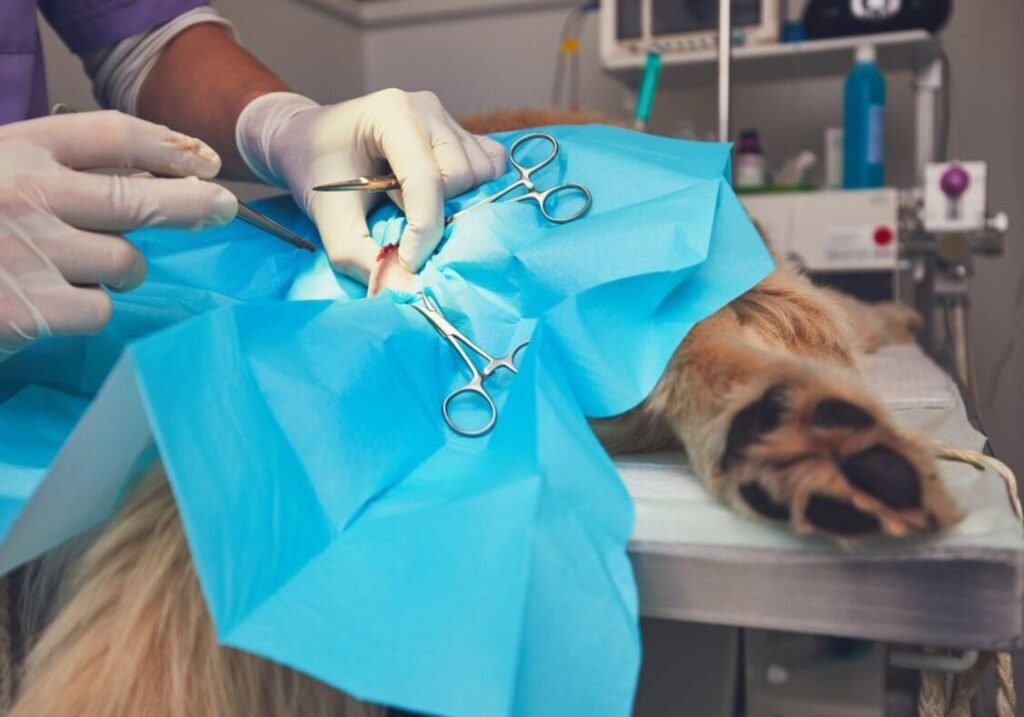Veterinary surgery requires precision, skill, and most importantly, the right instruments. Every successful procedure depends on the quality tools veterinarians use for surgery at hand. Whether you’re a pet owner curious about what happens during your furry friend’s procedure or considering a career in veterinary medicine, understanding these essential surgical instruments helps you appreciate the complexity and care involved in animal healthcare.
Modern veterinary practices rely on specialized equipment designed specifically for animal anatomy and surgical procedures. These instruments must meet rigorous standards for sterility, durability, and precision to ensure optimal patient outcomes.
Scalpels and Surgical Blades
Scalpels form the foundation of any surgical procedure. Veterinary surgeons use different blade sizes and shapes depending on the type of incision needed. The most common blades include:
#10 blades for large incisions during major surgeries like spays or tumor removals. #11 blades feature pointed tips perfect for precise cuts in delicate areas. #15 blades offer curved edges ideal for skin incisions on smaller animals.
The quality of the scalpel directly impacts healing time and surgical success. Sharp, sterile blades minimize tissue trauma and reduce the risk of infection.
Hemostatic Forceps
Hemostatic forceps, commonly called hemostats, control bleeding during surgery by clamping blood vessels. These locking instruments come in various sizes to accommodate different vessel types. Mosquito hemostats work well for small vessels, while larger Kelly forceps effectively handle bigger blood vessels.
These instruments feature serrated jaws that securely grip tissue without slipping. The locking mechanism allows surgeons to maintain constant pressure while working with other instruments.
Thumb Forceps
Thumb forceps provide precise tissue manipulation without the bulk of larger instruments. Veterinarians commonly use these non-locking tools in several configurations. Adson-Brown forceps feature fine tips perfect for delicate tissue handling, while rat-tooth forceps offer a firmer grip for tougher tissues like skin or fascia.
Surgical Scissors
Different scissor types serve specific purposes during veterinary procedures. Mayo scissors cut through tough tissues and sutures with their blunt tips and strong construction. Metzenbaum scissors feature sharp, curved blades ideal for dissecting delicate tissues around organs.
Iris scissors provide precision cutting in tight spaces, making them ideal for eye surgeries or work around sensitive structures. The curved design allows surgeons to navigate around anatomical features safely.
Needle Holders
Needle holders grip suture needles securely during tissue closure. These instruments feature textured jaws that prevent needle slippage while allowing smooth needle manipulation. The length varies based on surgical depth requirements.
Quality needle holders maintain their grip strength through repeated use and sterilization cycles. This reliability proves crucial during lengthy procedures, where consistent needle control affects suture placement accuracy.
Supporting Your Pet’s Surgical Journey
Understanding the tools veterinarians use during surgery helps you appreciate the skill and preparation that go into your pet’s care. These instruments represent decades of design refinement focused on animal welfare and surgical success.
Quality surgical instruments directly impact your pet’s recovery time, comfort level, and overall surgical outcome. Veterinary professionals invest in premium tools because they understand this connection between equipment quality and patient care.
When your veterinarian recommends surgery for your pet, you can feel confident knowing they have access to specialized instruments explicitly designed for animal care. These tools, combined with professional expertise, provide the best possible outcome for your beloved companion.

